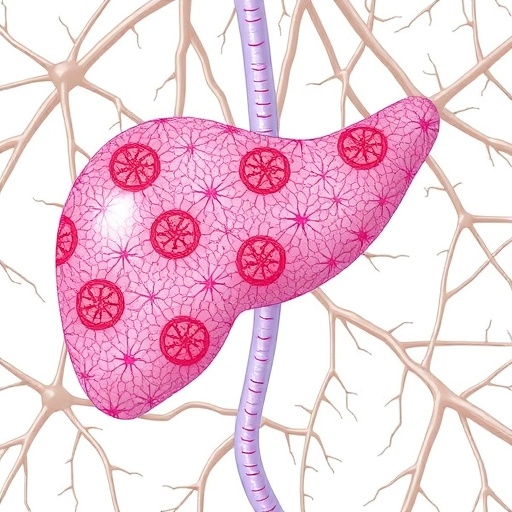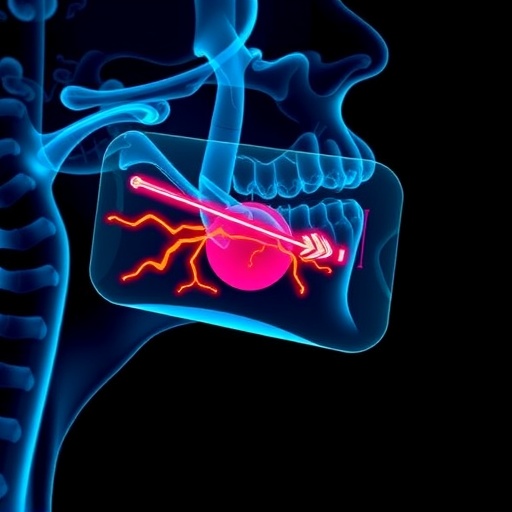PHILADELPHIA – More than 375,000 American each year experience a heart attack, during which blood flow to a part of the heart is impeded by blocked arteries. Physicians often treat patients with stents, which prop open the arteries to allow blood to flow again. They use two approaches to place stents: transradial, or entry of the catheter which delivers the stent through the wrist, or transfemoral, in which the catheter is placed through the groin. In a comparison of bleeding complications and mortality between the two approaches, researchers from the Perelman School of Medicine at the University of Pennsylvania found that those at risk for more bleeding were often treated with a riskier procedure – the transfemoral approach – a demonstration of the so-called risk-treatment paradox. The findings, from the largest study of its kind, are detailed in this week's Journal of the American College of Cardiology: Cardiovascular Interventions.
The subject of the study, known as rescue percutaneous coronary intervention (PCI), is performed when a patient's heart attack has not subsided after being treated with powerful clot-busting medications, an approach commonly used in developing countries and rural areas of the United States where access to catheterization labs are not immediately available. Researchers gathered data on 9,494 patients from the National Cardiovascular Registry's CathPCI database and analyzed records for those who underwent rescue PCI between 2009 and 2013.
The findings revealed that transradial rescue PCI was only used in about 15 percent of the rescue PCI cases performed in the United States, and bleeding was reduced in these cases. The team also found that patients who were most prone to bleeding – as determined by a 33-category risk model which accessed clinical features such as age, body mass index, preexisting heart failure, and peripheral vascular disease – were more likely to be treated via transfemoral access, which is known to result in more significant post-procedure bleeding. Of the 1,348 transradial cases analyzed, only 93 patients experienced a bleeding complication. However in the 8,146 treated with transfemoral PCI, 967 had significant post-procedural bleeding, a five percent difference between the two groups.
"We were surprised to see how few of these rescue PCI cases were approached with transradial access, given the increase in bleeding one might expect when performing a procedure on a patient who recently received thrombolytic therapy," said the study's senior author, Jay Giri, MD, MPH, an assistant professor of Clinical Cardiovascular Medicine. "Even more interesting was the finding that among the group studied, patients at the highest risk for bleeding – those who would benefit most from transradial access – were least likely to receive that procedure. This counterintuitive finding is a demonstration of the 'risk-treatment paradox,' showing that doctors in these cases made treatment decisions based on what they are most comfortable with rather than what is best for the patient."
The risk-treatment paradox describes a situation in which patients who are at the highest baseline risk for a condition are less likely to be treated aggressively for that condition. In the present case, the authors note that this finding may have been driven by decision-influencing factors such as physician training or experience.
Despite differences in bleeding rates, researchers found that there was no significant difference in mortality rates – a less than one percent variance. In addition, the team only evaluated cases where the patient was in stable condition following the clot-busting medication. Therefore, high-risk patients – those in need of assistive heart pumps – with a higher risk of death were not included in the analysis.
Giri added that until 2004, few transradial PCI procedures were performed in the United States, and little research was available to demonstrate its efficacy. "However, in recent years, both research and widespread education in the technique has led to exponential growth in its use," he noted. "I would expect that over the next few years, transradial PCI will become the standard for heart attack patients, and these results help to further define best practices in its use."
###
Penn Medicine is one of the world's leading academic medical centers, dedicated to the related missions of medical education, biomedical research, and excellence in patient care. Penn Medicine consists of the Raymond and Ruth Perelman School of Medicine at the University of Pennsylvania(founded in 1765 as the nation's first medical school) and the University of Pennsylvania Health System, which together form a $5.3 billion enterprise.
The Perelman School of Medicine has been ranked among the top five medical schools in the United States for the past 17 years, according to U.S. News & World Report's survey of research-oriented medical schools. The School is consistently among the nation's top recipients of funding from the National Institutes of Health, with $409 million awarded in the 2014 fiscal year.
The University of Pennsylvania Health System's patient care facilities include: The Hospital of the University of Pennsylvania and Penn Presbyterian Medical Center — which are recognized as one of the nation's top "Honor Roll" hospitals by U.S. News & World Report — Chester County Hospital; Lancaster General Health; Penn Wissahickon Hospice; and Pennsylvania Hospital — the nation's first hospital, founded in 1751. Additional affiliated inpatient care facilities and services throughout the Philadelphia region include Chestnut Hill Hospital and Good Shepherd Penn Partners, a partnership between Good Shepherd Rehabilitation Network and Penn Medicine
Penn Medicine is committed to improving lives and health through a variety of community-based programs and activities. In fiscal year 2014, Penn Medicine provided $771 million to benefit our community.




